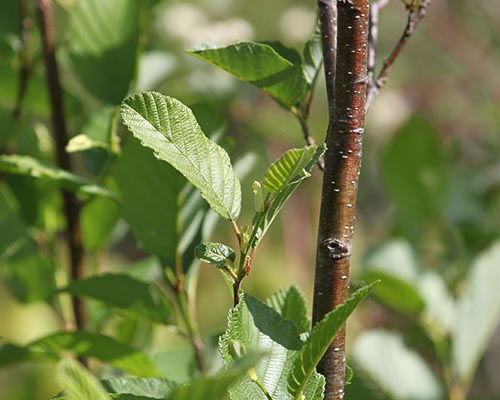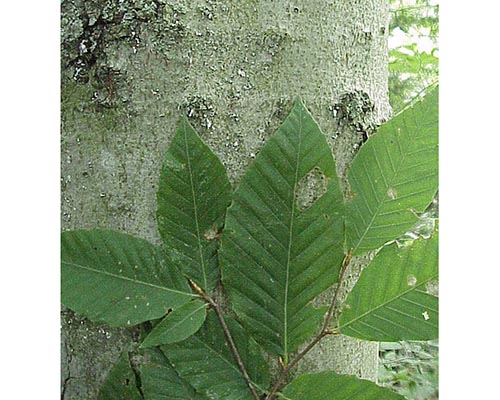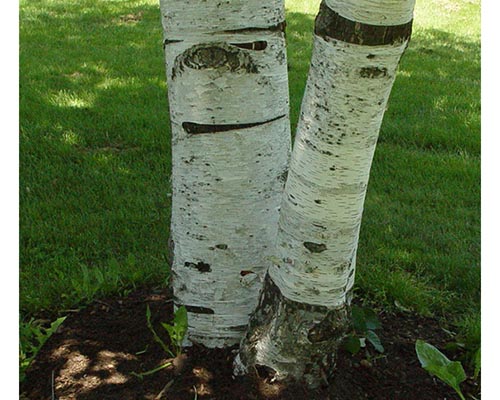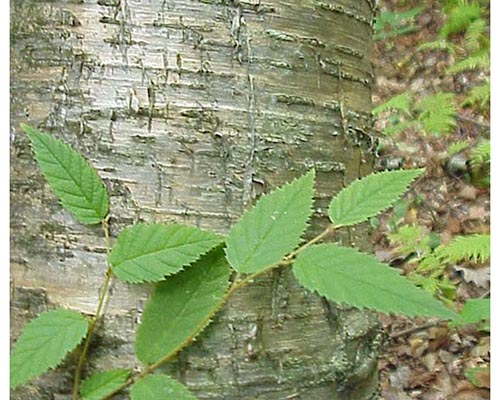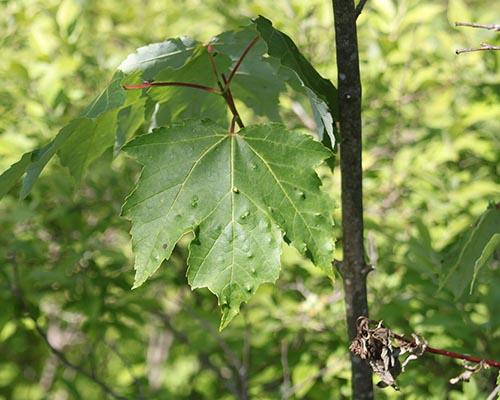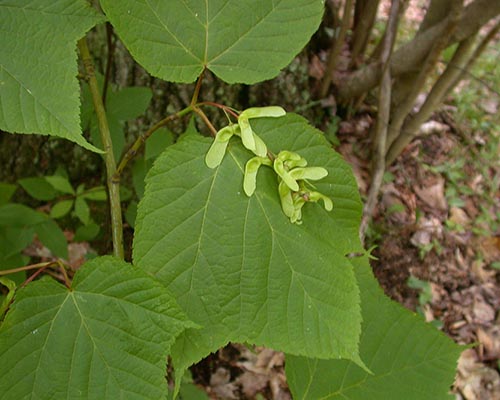The angiosperms are the most recently derived plant group, originating some 160 million years ago and becoming widespread around 120 million years ago. Angiosperm means “enclosed seed,” referring to the ovary and fruit that contains angiosperm seeds. Along with the fruit, angiosperms are also best known for their flower. Flowers were a pivotal evolutionary innovation, because they allowed a shift from pollination primarily by wind, which is inefficient and unreliable, to pollination by animals — butterflies, moths, birds, beetles, flies, bats and others. Flowers attract these pollinators, which then transport pollen onward.
This has proved to be an enormously successful strategy. There are more than 250,000 species of angiosperms, versus around 1,000 gymnosperms. Virtually all of our plant crops are angiosperms. Many angiosperms are herbaceous — not trees or shrubs. Those species are discussed in the Spring Wildflowers and Late Wildflowers stations. Here, we will focus on the angiosperm trees that you will see along the trail.
Speckled alder (Alnus incana subspecies rugosa) is a small tree or shrub in the Betulaceae (birch) family, found across the Northeast in wet sites such as swamps, streams and river banks. It typically grows to 8–15 feet. Note the smooth bark with horizontal speckles. Those are lenticels or breathing pores. Alders also have nitrogen-fixing bacteria in spherical structures on their roots that enrich the soil, similar to legumes.
American beech (Fagus grandifolia) is in the Fagaceae (beech) family and is commonly found in moist climax woodlands. It is easily recognized by its smooth grayish bark. The edible fruits are covered by prickly hairs, but are not produced every year. In winter you will see its long, thin, sharp-pointed buds, which are also edible.
Paper birch or white birch (Betula papyrifera) is a medium-sized tree in the Betulaceae (birch) family. It is found in sunny areas, often as a colonizer after fire or avalanches, not in climax woodland. Its distinctive white, papery bark with dark lenticels is an important winter food source for moose, deer and snowshoe hares. Its wood is excellent firewood and is also used for furniture and flooring.
Yellow birch (Betula alleghaniensis), also in the Betulaceae, is easily recognized by its yellow-bronze, flaky bark. Its inner bark is aromatic, with a flavor of wintergreen. It is fairly shade-tolerant and occurs in mixed stands at all successional stages. It has the most valuable wood of the native birches, used in all types of woodworking. It is the provincial tree of Québec, where it is called the merisier.
Red maple (Acer rubrum), in the Aceraceae (maple) family, is the most widely distributed tree in New York state. Although it prefers moist sites such as wet woods, swamps and stream beds, it is drought-tolerant and can grow in many sites. It is well-named, with red flowers in early spring and bright red leaves in late summer and fall — and reddish fruits and buds, too. Its leaves are a potent killer of horses.
Striped maple (Acer pensylvanicum), also in the Aceraceae, is a small tree with leaves that are less sharply lobed than other local maples. They turn yellow in the fall. Also called moosewood because many animals eat it, including moose, this is an understory, shade-tolerant tree that prefers moist slopes. Its species name, pensylvanicum, preserves the (mis)spelling of Carl Linnaeus in the 1700s.
Sugar maple is discussed at the Winter Survival station.

